10 Ways A Dentist Looks After Their Teeth
Brush Up On Your Technique
“Brushing your teeth may seem simple, but proper technique pays off. Don’t just brush the parts of your teeth that you can see: for example, how often have you thought about cleaning the lingual surfaces of your teeth, which is the part near your tongue? The part of the teeth nearest to the gums is often overlooked too, and this is a key area where plaque can build up. When brushing, consider going round your mouth in a systematic method, otherwise you will find the same areas are commonly missed.”
FORGET THE RULES
“Studies show that if proper technique is being used, brushing your teeth for two minutes, twice per day is optimal. However, there’s nothing stopping you doing it more than twice if needed, especially if you feel food gets caught between your teeth during meals. If you do brush your teeth after breakfast or lunch, wait an hour before brushing, especially if you’ve had something acidic – if you brush before this time, you risk brushing away softened enamel. Whatever you do, always brush before bed. Saliva flow decreases when you sleep, leaving teeth and gums more vulnerable to bacteria, so it’s vital to remove as much plaque and bacteria as possible before then.”
ALWAYS FLOSS
“Flossing is essential. Each tooth has five surfaces that need cleaning. Without flossing, two out of five surfaces aren’t properly cleaned, even with the best brushing technique. This means that plaque (i.e. bacteria) will accumulate, along with food debris, which can cause decay and gum disease. Floss once per day before you brush your teeth. Using a decent amount of floss so you can grip the ends firmly without it slipping, wrap the floss in a C-shape around the tooth and slide the floss down gently between the gum and tooth to remove plaque. Do the same for the other side before moving to the next tooth. You can switch hand and finger positions as you move from top to bottom or left to right. When you floss doesn’t really matter, but doing so in the evening can be beneficial to ensure food debris is removed from the mouth at the end of the day.”
INVEST IN Interdental Brushes
“If you have fixed braces, implants or crowns, you may struggle to use traditional floss. In this instance, try using an interdental brush or a water flosser. Spotlight’s Water Flosser, for example, uses water pressure and varying pulsations to remove bacteria that linger between your teeth and below the gum line.”
Be Wary Of Mouthwash
“Mouthwash doesn’t have the ability to remove plaque from your teeth and should never replace either brushing or flossing. If you want to use a mouthwash, use an alcohol-free fluoride mouthwash at a separate time of day to brushing, such as after lunch. If you use a mouthwash directly after brushing your teeth, then you risk washing away all the benefits from your toothpaste, which has a far higher concentration of fluoride. Also be careful of the mouthwash you are using – some aren’t designed for long-term use and can cause staining, so always follow the instructions on the bottle.”
Ditch The Manual Toothbrush
“While both an electric toothbrush blows a manual toothbrush out of the water when it comes to brushing power, the leader here is most definitely the sonic toothbrush. An electric toothbrush can increase your number of brushstrokes to around 2,500 to 7,000 strokes per minute. A top sonic toothbrush, however, boasts around 30,000 brush strokes per minute. A decent electric or sonic toothbrush will have an in-built timer, ensuring you spend the right amount of time cleaning your teeth, and apply the right amount of pressure. When using a manual toothbrush, it can be far too easy to press too hard on your teeth and gums, which can lead to gum recession. If this is something you are concerned with, look for this feature.”
Protect Sensitive Teeth
“If you are prone to sensitivity, book an appointment with your dentist because sensitivity can have many causes, such as gum recession, fillings, abrasion, fractured teeth and bruxism (also known as grinding). If your teeth are sensitive, avoid aggressive brushing at the gum line, which can lead to exposure of the dentine (the bony tissue which forms the bulk of your teeth beneath the enamel), which in turn can trigger sensitivity. Consider using a toothpaste that is targeted for sensitive teeth and stick with it, as these formulas work best when used in the long term rather than as a quick fix.”
Be Careful With Whitening
“Our teeth naturally become darker as we age. The stains that form on the surface of your teeth are typically caused by food and drink. If you are looking for a brighter, whiter smile, minimise tea, coffee and red wine consumption, as well as foods that contain tannins and turmeric, because these can all lead to staining. Whitening toothpastes can be tempting, but they should be used with caution. The average whitening toothpaste will remove surface stains – hence brightening the colour of your teeth – but over time they thin your enamel, which can darken the teeth. Teeth whitening is a safe and effective treatment, but should always be carried out by a dental professional. These treatments will lighten the colour of your tooth enamel, giving you a brighter and more youthful smile. It’s also illegal for anyone other than a dentist to prescribe a whitening treatment.”
Watch What You Eat
“Plaque feeds off sugars and produces acid as a by-product, which in turn dissolves enamel, triggering the decay process. Sugary foods should therefore be seen as a treat; and if you eat something sugary, eat it straight after a meal to prevent decay. Also watch out for food that is sticky in nature – these types of food particles tend to stay in the mouth for longer, where they provide food for bacteria to thrive. Even healthy snacks such as dried fruit can contain lots of sugar, so check the packaging. Reduce your consumption of carbonated drinks, which can cause erosion of the enamel. Chewing gum after meals can also help stimulate saliva, and its saliva which is needed to re-mineralise and harden the tooth surface.”
Snack Less
“Studies show that frequent snacking or grazing is a major cause of tooth decay. This is because snacking continuously throughout the day means your mouth is always in an acidic environment. Though your saliva helps neutralise the effects of the acid once you finish eating, excessive snacking can overwhelm your teeth, putting you at an increased risk of tooth decay and cavities.”
Shop essential dental products here...

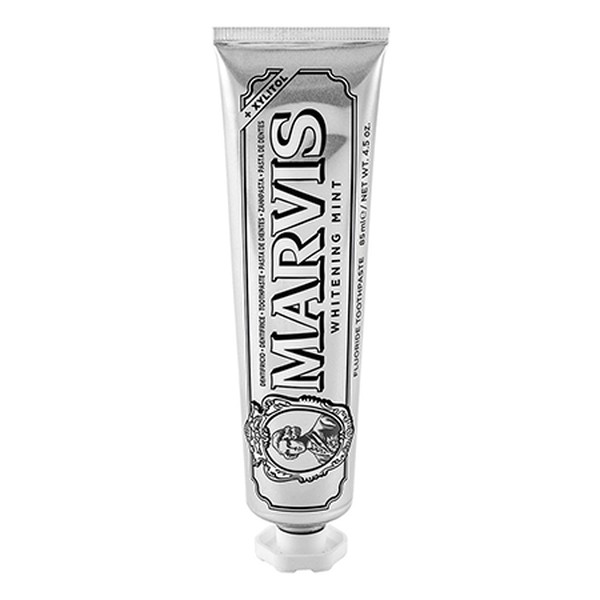
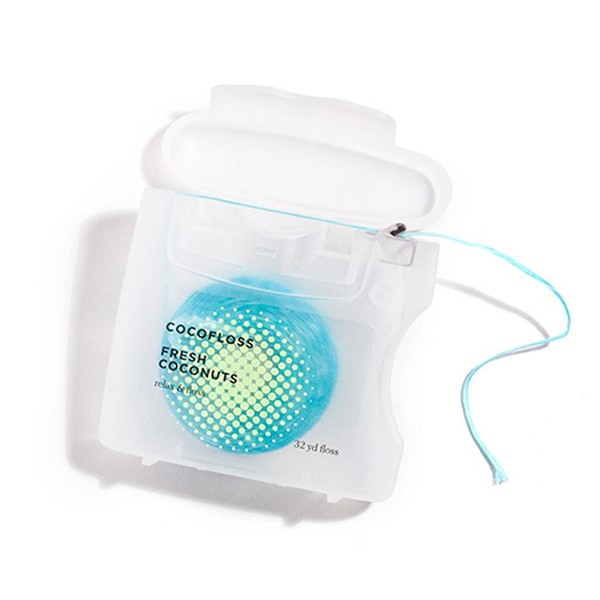
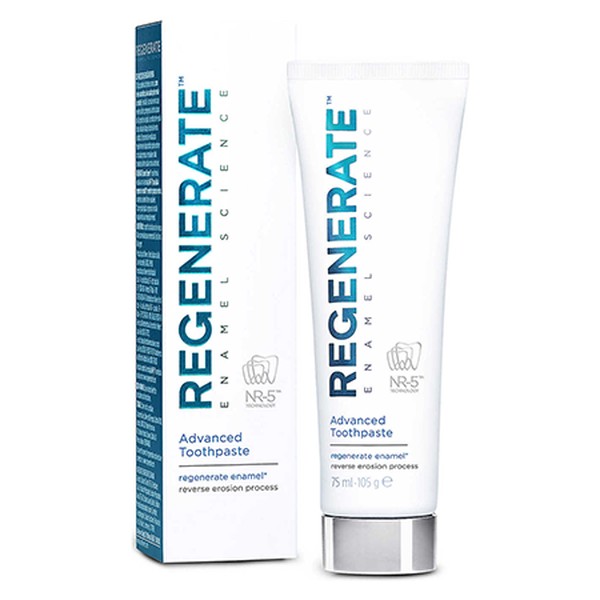
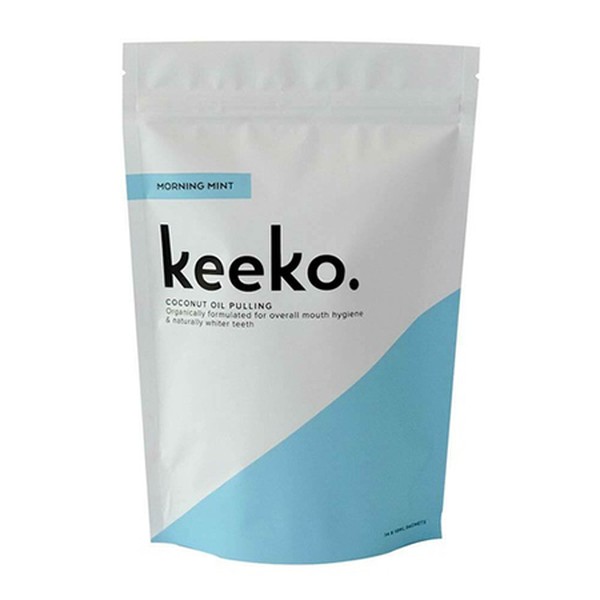
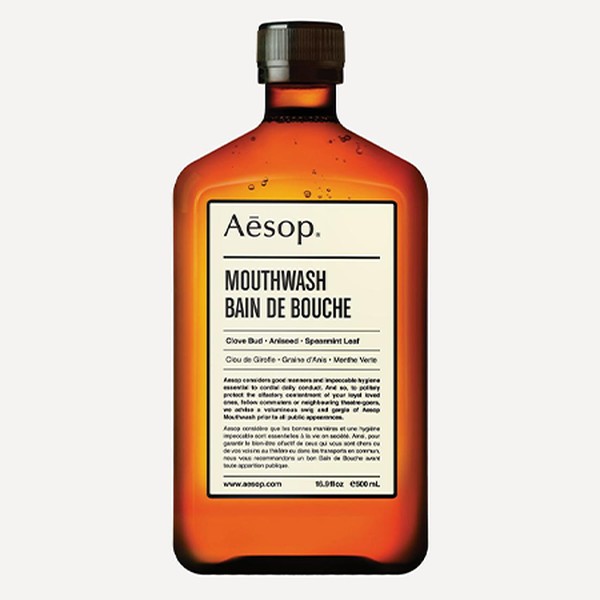
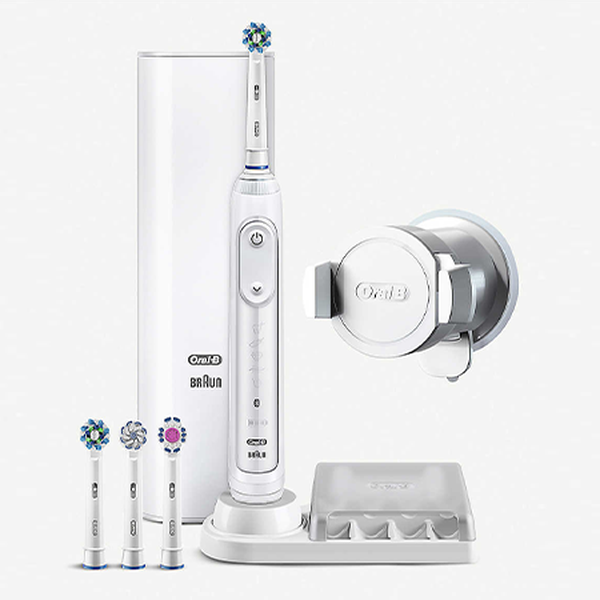
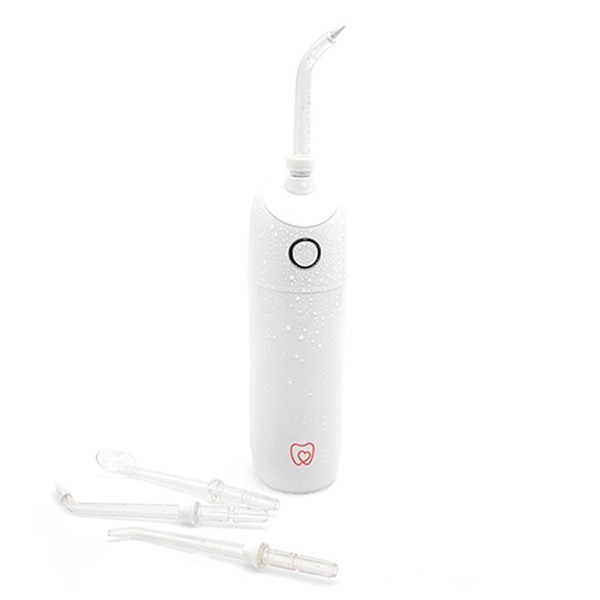
For more information, head to Sensu.co.uk.
DISCLAIMER: Features published by SLMan are not intended to treat, diagnose, cure or prevent any disease. Always seek the advice of your GP or another qualified healthcare provider for any questions you have regarding a medical condition, and before undertaking any diet, exercise or other health-related programme.
All products on this page have been selected by our editorial team, however we may make commission on some products.
DISCLAIMER: We endeavour to always credit the correct original source of every image we use. If you think a credit may be incorrect, please contact us at [email protected].


